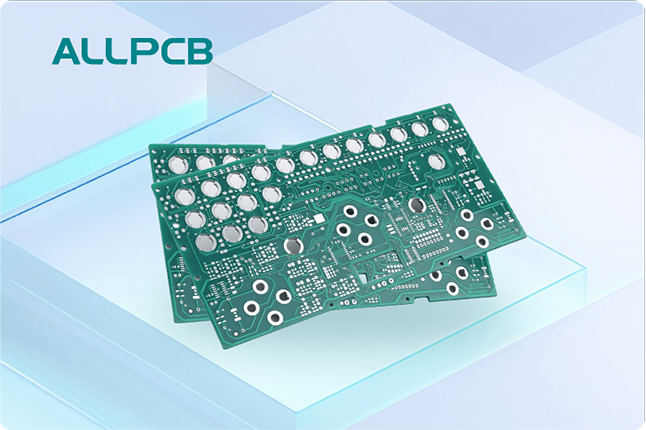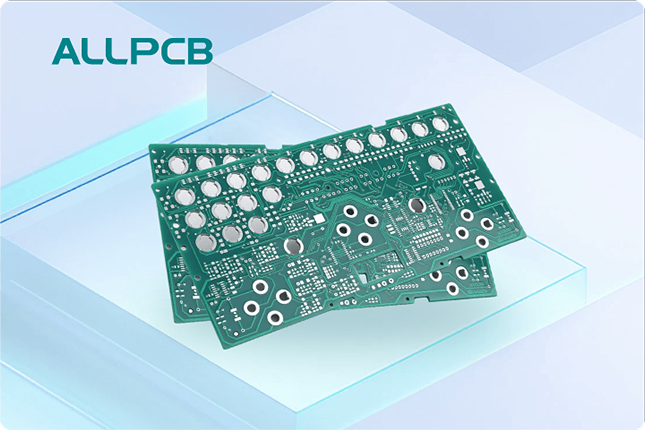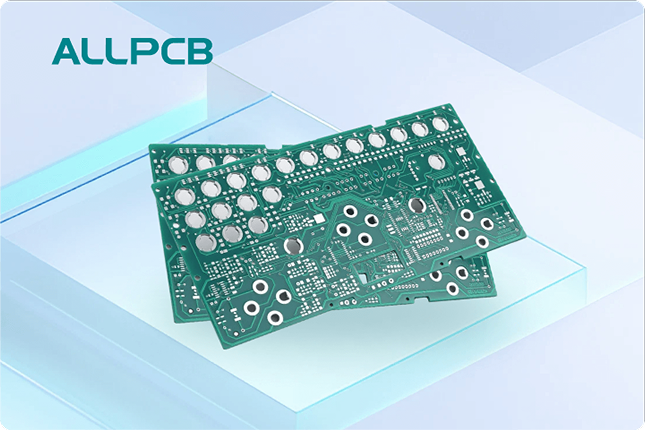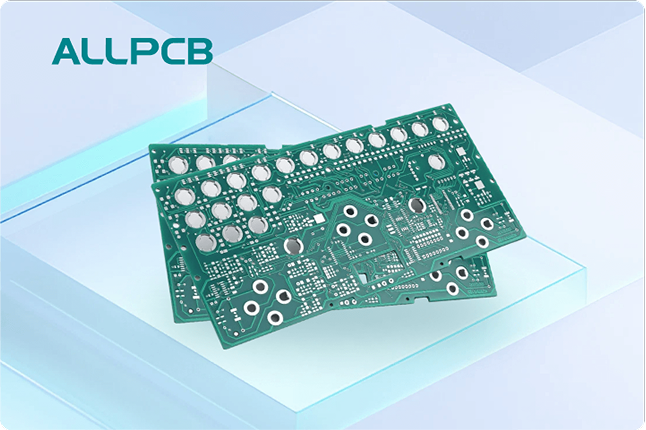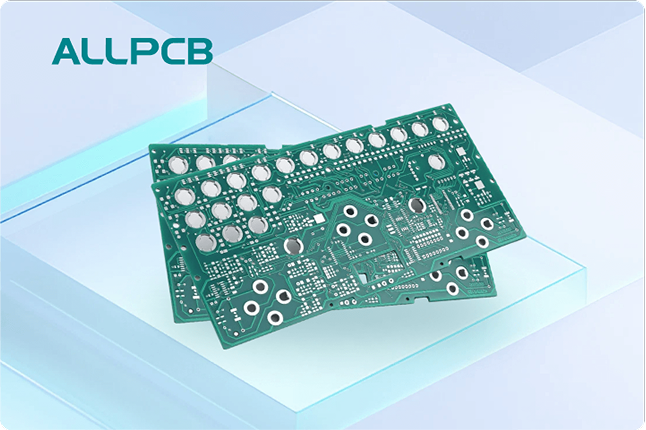In the fast-paced world of electronics, smaller, faster, and more powerful devices are the name of the game. High-Density Interconnect (HDI) PCBs are at the heart of this revolution, enabling miniaturization without sacrificing performance. If you're wondering how HDI PCBs achieve such compact designs, the answer lies in advanced manufacturing techniques like microvia drilling, fine line etching, and sequential lamination. In this comprehensive guide, we'll explore these cutting-edge methods, dive into the materials that make HDI PCBs possible, and show how they unlock new possibilities for modern electronics.
What Are HDI PCBs and Why Do They Matter?
HDI PCBs are specialized circuit boards designed to pack more components into a smaller space. Unlike traditional PCBs, they use finer lines, smaller vias, and higher layer counts to achieve greater density. This makes them ideal for applications like smartphones, wearables, medical devices, and automotive systems where space is limited, and performance is critical.
The secret behind HDI PCBs lies in their manufacturing techniques. By using microvias for interconnections, fine lines for routing, and sequential lamination for multilayer builds, these boards support high-speed signals and complex designs. Let’s break down each of these techniques and the materials that bring them to life.
Microvia Drilling in HDI PCB: Precision at a Micro Scale
One of the defining features of HDI PCBs is the use of microvias—tiny holes that connect different layers of the board. Unlike traditional through-hole vias, which can be as large as 0.3 mm in diameter, microvias are often just 0.1 mm or smaller. This allows for tighter spacing and more connections in a smaller area.
Microvia drilling in HDI PCB manufacturing is typically done using laser technology. Lasers offer unmatched precision, creating holes with diameters as small as 4 mils (0.004 inches). This process is critical for maintaining signal integrity, especially in high-frequency applications where even a slight misalignment can cause issues. For example, in a 5G device, microvias ensure that signals travel between layers with minimal loss, supporting data rates of up to 10 Gbps.
The process involves several steps: first, a laser drills the microvia into the dielectric material between layers. Then, the hole is cleaned to remove debris, and finally, it’s plated with copper to form a conductive path. This method not only saves space but also reduces the risk of signal interference compared to larger vias.
However, microvia drilling comes with challenges. The smaller the hole, the harder it is to ensure reliability. Issues like incomplete plating or cracks in the via walls can lead to failures. That’s why advanced manufacturing processes and strict quality control are essential for success.
Fine Line Etching in HDI PCB: Crafting Ultra-Thin Traces
Another cornerstone of HDI PCB design is fine line etching. This technique allows manufacturers to create extremely narrow copper traces—often as thin as 2 mils (0.002 inches)—to route signals across the board. In contrast, traditional PCBs might use traces of 6 mils or wider, taking up much more space.
Fine line etching in HDI PCB production is achieved through a photolithography process. A photosensitive film is applied to the copper layer, and a pattern is exposed using UV light. The unwanted copper is then etched away with a chemical solution, leaving behind the precise traces needed for the circuit. This method is crucial for fitting more circuitry into a compact area, making it possible to design boards with hundreds of connections per square inch.
The benefits are clear: finer traces mean more room for components and better signal performance. For instance, in high-speed applications, controlled impedance traces on an HDI board can maintain a tolerance of ±10%, ensuring consistent signal quality at frequencies above 1 GHz. However, the process demands high precision. Even a small error in etching can lead to open circuits or shorts, so manufacturers must use advanced equipment and tight process controls.
Sequential Lamination in HDI: Building Layers with Precision
HDI PCBs often have multiple layers—sometimes 6 to 20 or more—to accommodate complex designs. Sequential lamination in HDI manufacturing is the process that makes this possible. Unlike traditional PCB production, where all layers are laminated at once, sequential lamination builds the board in stages. Each pair of layers is fabricated, imaged, and etched before being laminated together. After each cycle, vias are drilled and filled to connect the layers.
This method offers incredible flexibility. It allows for the creation of blind and buried vias, which don’t pass through the entire board, saving space and improving signal routing. For example, in a 2+N+2 HDI structure, the “N” represents the core layers, while the “2” indicates additional layers laminated on either side. This setup can reduce the board’s overall thickness while supporting high layer counts.
Sequential lamination also enhances reliability. By building the board step by step, manufacturers can test each layer pair for defects before moving to the next cycle. However, this process increases production time and cost, often requiring 3 to 5 lamination cycles for a single board. Despite the challenges, the result is a robust, high-density board capable of meeting the demands of modern electronics.
HDI PCB Materials: The Foundation of Performance
The materials used in HDI PCB manufacturing play a critical role in determining the board’s performance, reliability, and manufacturability. Traditional PCBs often use standard FR-4 material, but HDI designs require more advanced options to handle the demands of miniaturization and high-speed signals.
One common choice for HDI PCB materials is high-performance laminates with low dielectric constants (Dk) and low loss tangents (Df). These properties help reduce signal loss and crosstalk, especially at frequencies above 1 GHz. For instance, materials with a Dk of 3.0 or lower are often used in 5G and automotive radar applications to ensure signal clarity over long distances on the board.
Thin dielectric materials are also essential for HDI designs. Layers as thin as 0.002 inches (2 mils) allow for tighter spacing between conductive layers, supporting the use of microvias and fine lines. Additionally, copper foils used in HDI PCBs are often thinner—down to 0.5 oz per square foot—making it easier to etch precise traces without compromising conductivity.
Thermal management is another key consideration. HDI PCBs in compact devices generate more heat due to their density, so materials with high thermal conductivity are often incorporated. Some advanced substrates can dissipate heat at rates of 1.5 W/m·K or higher, protecting components from overheating during operation.
Choosing the right materials involves balancing cost, performance, and manufacturability. While advanced materials improve performance, they can also increase production costs. That’s why collaboration between designers and manufacturers is crucial to select the best options for a specific application.
Challenges and Solutions in HDI PCB Manufacturing
While HDI PCBs offer incredible benefits, their manufacturing process is complex and comes with unique challenges. Let’s look at some common issues and how they’re addressed.
1. Microvia Reliability: As mentioned earlier, microvias are prone to defects like cracks or poor plating. To combat this, manufacturers use advanced laser drilling systems and conduct rigorous testing, such as thermal cycling, to ensure via integrity. For example, a well-made microvia can withstand temperature swings from -40°C to 125°C without failure, meeting automotive industry standards.
2. Fine Line Precision: Etching fine lines requires near-perfect control over the process. Even a 0.1-mil deviation can cause signal issues. Automated optical inspection (AOI) systems are often used to detect defects early, ensuring traces meet design specs.
3. Sequential Lamination Complexity: Multiple lamination cycles increase the risk of misalignment between layers. Advanced registration systems and X-ray inspection help ensure layers align within a tolerance of ±2 mils, maintaining connectivity across the board.
By addressing these challenges with cutting-edge technology and strict quality controls, manufacturers can produce HDI PCBs that meet the high standards of today’s electronics.
Applications of HDI PCBs in Modern Technology
The impact of HDI PCB manufacturing techniques is evident across various industries. In consumer electronics, they enable the sleek designs of smartphones and tablets, fitting powerful processors and high-resolution displays into tiny form factors. In medical devices, HDI PCBs support compact, life-saving equipment like pacemakers, where reliability is non-negotiable.
In the automotive sector, HDI PCBs are crucial for advanced driver-assistance systems (ADAS), handling high-speed data from sensors and cameras. For instance, an ADAS board might process signals at 3 Gbps or higher, relying on microvias and fine lines for seamless performance. Similarly, in aerospace, HDI technology ensures lightweight, durable designs for navigation and communication systems.
Why Choose HDI PCBs for Your Next Project?
HDI PCBs are more than just a trend—they’re a necessity for pushing the boundaries of what’s possible in electronics. Their ability to support miniaturization, high-speed signals, and complex designs makes them the go-to choice for cutting-edge applications. Whether you’re designing a wearable device or a 5G infrastructure component, techniques like microvia drilling, fine line etching, and sequential lamination ensure your product meets performance and size requirements.
Moreover, advancements in HDI PCB materials mean you can achieve better signal integrity and thermal management, even in the most demanding environments. While the manufacturing process is complex, the results are worth it: smaller, faster, and more reliable devices that stand out in the market.
Conclusion: The Future of Miniaturization with HDI PCBs
As technology continues to evolve, the demand for smaller, more powerful electronics will only grow. HDI PCB manufacturing techniques like microvia drilling, fine line etching, and sequential lamination are paving the way for this future, enabling designs that were once thought impossible. By leveraging advanced materials and precision processes, HDI PCBs deliver the performance and reliability needed for everything from consumer gadgets to critical industrial systems.
Understanding these techniques and their benefits can help engineers and designers make informed decisions for their projects. With HDI technology, the possibilities for innovation are endless, unlocking new levels of miniaturization and functionality in the world of electronics.
 ALLPCB
ALLPCB


